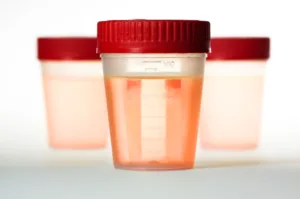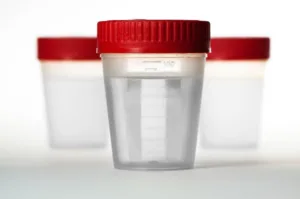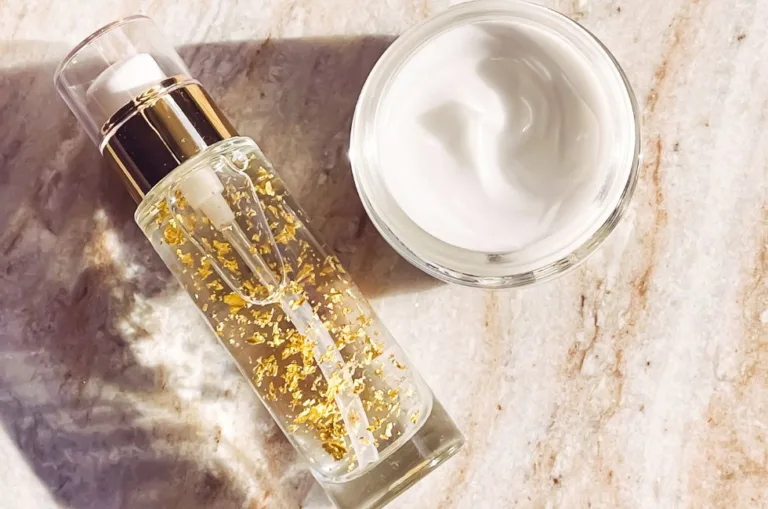When nature calls, it’s more than just a routine bathroom break—it’s a chance to check in on your health. You might not think twice about your urine unless it’s an inconvenient moment, but the color of your pee is actually a key indicator of your well-being. From the palest yellows to unexpected hues, the spectrum of urine colors can reveal a lot about your hydration levels, diet, and even signal potential health issues.
Understanding Urine Colors and Health
Pale Yellow Urine

- The Ideal Hue: Pale yellow urine is a great sign! It indicates that you’re well-hydrated, which is crucial for maintaining overall health. This color is what most of us should aim for.
- Slight Variations: If your urine isn’t exactly pale but still yellow, don’t worry. It’s a gentle reminder from your body to perhaps drink a bit more water, especially if you’re active or in warmer climates.
Bright Yellow Urine

- Vitamin Surprise: Seeing a bright, almost neon yellow? This is often due to taking high-dose vitamins, particularly vitamin B2 (riboflavin), commonly found in multivitamins.
- No Harm Done: This striking color is just your body’s way of flushing out excess vitamins. It’s generally a harmless phenomenon, so don’t be alarmed.
Red or Pink Urine

- Food or Health Alert: While it might be startling, red or pink urine can sometimes result from foods like beets and blackberries. However, it could also indicate health issues.
- When to Seek Help: If you haven’t eaten anything that could tint your urine, this color change might suggest a urinary tract infection, kidney stones, or even urinary tract cancer. Consulting a doctor is crucial if you suspect blood in your urine.
Orange Urine

- Medication-Induced Change: If your urine is an orange hue, it might be due to certain medications like Phenazopyridine, used for urinary discomfort, or Rifampin for tuberculosis.
- Dietary Causes: Consuming lots of carrots can also lead to orange urine. It’s important to consider recent dietary changes if you notice this color.
Green or Blue Urine

- Rare but Notable: Green or blue urine is unusual. It can be caused by the bacteria Pseudomonas, particularly in individuals with catheters.
- Dietary Influences: Foods like asparagus might also cause a greenish tint. While startling, these colors are often not a sign of a serious health issue.
Brown Urine

- Serious Health Indicators: Brown urine can be alarming and may point to liver disease or a condition called Rhabdomyolysis.
- Blood in Urine: It could also indicate the presence of blood, especially if the urine has a very dark, cola-like color.
Foamy or Cloudy Urine

- Protein and Diet: Foamy urine can sometimes be a result of a high-protein diet. If you love your steaks or are on a ketogenic diet, you might notice this change.
- Possible Kidney Concerns: However, it’s also a sign seen in kidney disease. If you consistently notice foamy urine, it’s wise to consult a healthcare provider.
Clear Urine

- Overhydration: Crystal clear urine often means you might be drinking more water than your body needs. While staying hydrated is important, too much water can dilute essential electrolytes.
- Ideal for Some: For individuals prone to kidney stones, aiming for near-clear urine is beneficial. But for the rest, a light yellow hue is perfectly healthy.
Frequently Asked Questions (FAQs)
Urine color changes due to various factors, including hydration levels, diet, medications, vitamins, and underlying health conditions.
Typically, bright yellow urine is harmless and often a result of taking vitamins, especially vitamin B2. It’s your body’s way of excreting excess vitamins.
If red or pink urine isn’t due to dietary reasons (like eating beets or berries), it could signal health issues like UTIs, kidney stones, or more serious conditions.
Yes, dark yellow urine often indicates dehydration. It’s a sign that you should increase your water intake.
Clear urine might indicate overhydration, which can dilute essential electrolytes. However, it’s ideal for those with kidney stone concerns. For others, pale yellow is typically the target color.




